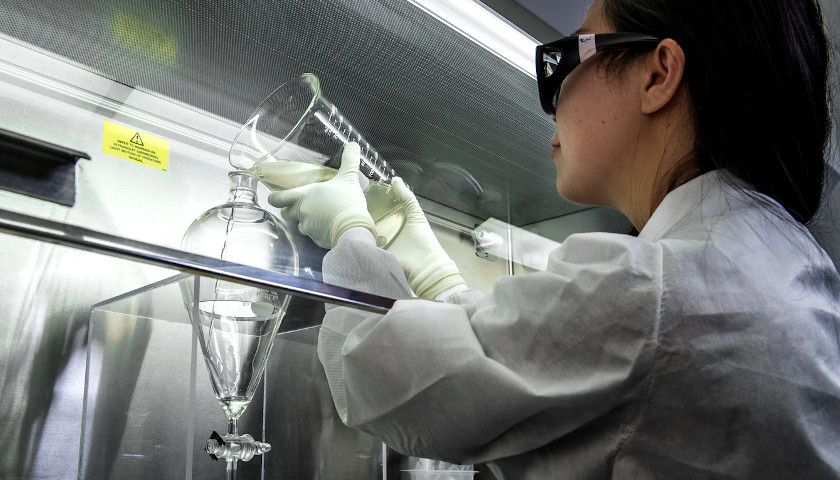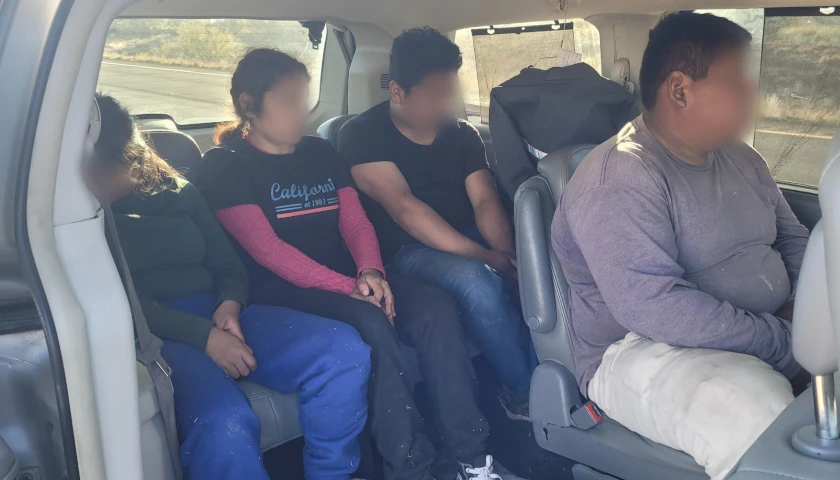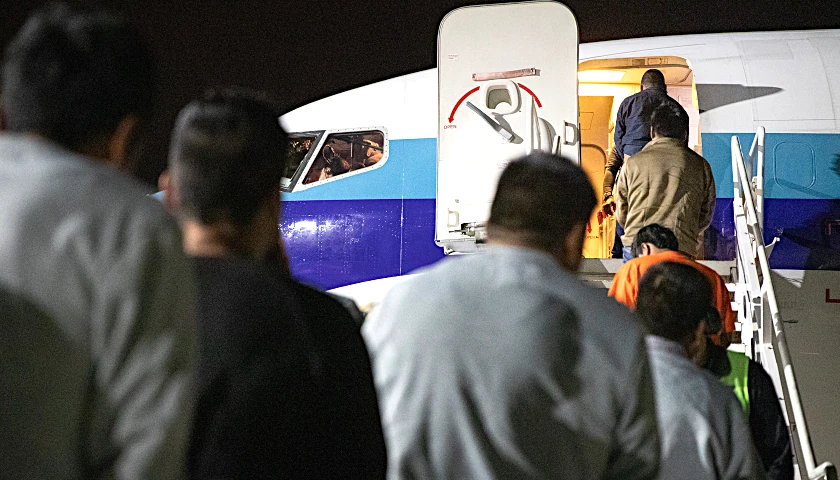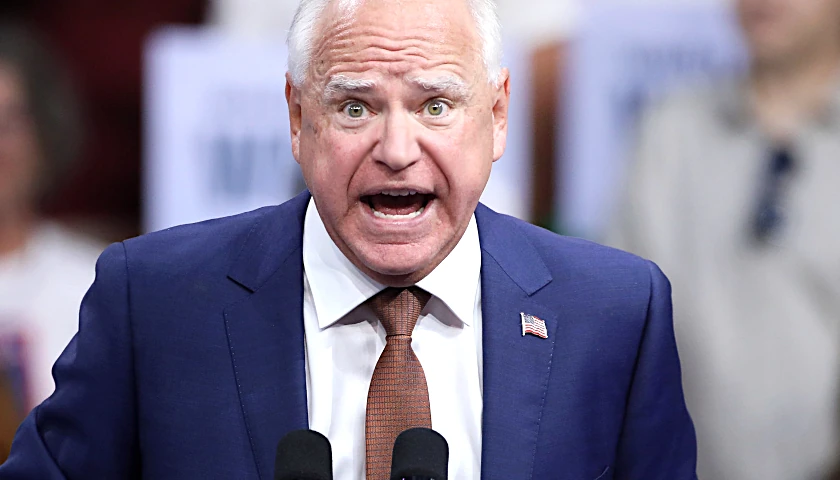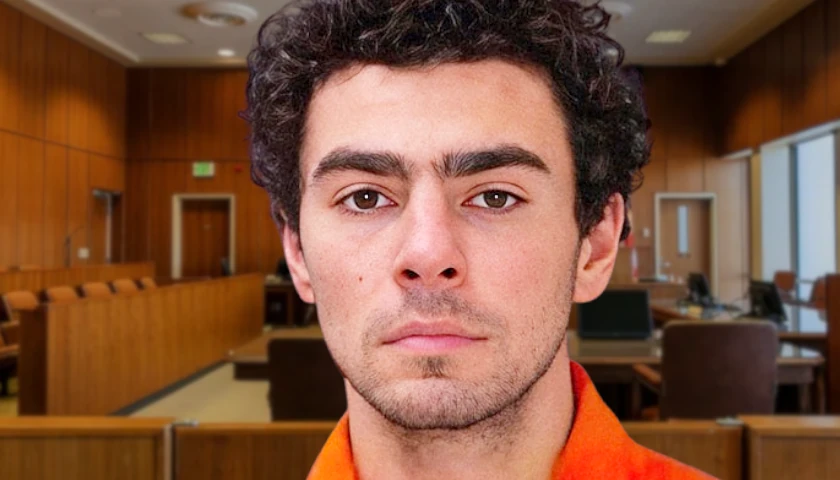by Andrew Kerr
Numerous media outlets have published stories within the last week confirming the legitimacy of the COVID-19 lab leak theory after denigrating the hypothesis as a baseless conspiracy for the first year of the pandemic.
The theory that COVID-19 may have leaked from the Wuhan Institute of Virology has steadily gained momentum in the media and the scientific community since early January when New York magazine published a lengthy expose detailing the legitimacy of the theory.
 The straw that broke the camel’s back came Sunday after The Wall Street Journal reported that three researchers from the Wuhan Institute of Virology were hospitalized in November 2019 with COVID-like symptoms, according to a U.S. intelligence report obtained by the outlet.
The straw that broke the camel’s back came Sunday after The Wall Street Journal reported that three researchers from the Wuhan Institute of Virology were hospitalized in November 2019 with COVID-like symptoms, according to a U.S. intelligence report obtained by the outlet.
Washington Post fact-checker Glenn Kessler, who said in May 2020 it was “virtually impossible for this virus to come from the lab,” published a story on Tuesday saying the lab leak theory “suddenly became credible.”
But the lab leak theory was always credible. Here are eight facts that have been in the public domain for well over a year that point to the legitimacy of the lab leak theory that the media downplayed or outright ignored.
1. China arrested doctors for telling the truth about COVID-19
It was widely reported in western media that the first Chinese doctors to warn about the novel coronavirus in Wuhan were arrested and reprimanded by police for “spreading rumors online” and “severely disrupting social order.”
One of the Wuhan doctors forced to recant his early warnings about COVID-19, Li Wenliang, died from the virus in early February 2020.
Before his death, Li said he knew he would face punishment from Chinese authorities after he informed his medical school alumni in late December 2019 that he was treating patients with a new SARS-like illness. He asked his colleagues to warn their friends and family privately, but screenshots of his messages went viral within hours.
“When I saw them circulating online, I realized that it was out of my control and I would probably be punished,” Li said.
That Chinese authorities arrested and reprimanded doctors for telling the truth about COVID-19 during the earliest stages of the pandemic should be top of mind when interpreting future claims from Chinese scientists and officials about the virus.
2. Wuhan’s top bat-based coronavirus researcher said she lost sleep worrying the virus came from her lab.
China’s top virologist on bat-borne viruses, Shi Zhengli, told the Scientific American in March 2020 that the possibility of an accidental leak from her Wuhan lab was the first thing that crossed her mind when she learned of the virus’s outbreak in Wuhan in late December.
“Could they have come from our lab?” Shi, known by her colleagues as the “bat woman,” recalled thinking.
Shi said she breathed a sigh of relief when results came back showing that the sequences of the novel coronavirus did not match the viruses she and her team at the Wuhan Institute of Virology had sampled from bat caves.
“That really took a load off my mind,” Shi said. “I had not slept a wink for days.”
Shi would then tell those asking questions about her lab in connection to the COVID-19 outbreak to “shut their stinking mouths.”
“The novel 2019 coronavirus is nature punishing the human race for keeping uncivilized living habits. I, Shi Zhengli, swear on my life that it has nothing to do with our laboratory,” she wrote on a Chinese social messaging app in early February 2020, according to Caixin Global. “I advise those who believe and spread rumors from harmful media sources … to shut their stinking mouths.”
3. China’s ‘Bat Woman’ expressed shock that COVID-19 broke out in Wuhan
Shi also told the Scientific American in March 2020 that she was shocked to learn of a novel coronavirus outbreak in Wuhan, some 600 miles north of where the bats that are known to carry similar viruses actually live.
“I had never expected this kind of thing to happen in Wuhan, in central China,” Shi said, adding that her studies had shown that southern China posed the greatest risk of coronaviruses jumping from animals to humans.
4. Chinese researcher published — then deleted — a study concluding COVID-19 probably originated from Wuhan lab in February 2020
Botao Xiao, a researcher at the South China University of Technology published a paper alongside another Chinese researcher on Feb. 6, 2020, reporting that the horseshoe bats known to carry a viral strain that shares 96.2% similarity to the virus that causes COVID-19 live 600 miles south of Wuhan in the Yunnan province.
The researchers also cited testimony from 60 people who lived in or visited Wuhan who said the bat ‘was never a food source in the city, and no bat was traded in the market.”
“The killer coronavirus probably originated from a laboratory in Wuhan” the two Chinese researchers noted in their paper, which was originally uploaded to Research Gate.
The paper provoked stern denials from Chinese authorities that there was any accident at the Wuhan lab. The paper was removed from Research Gate on Feb. 14 or 15, according to internet archives.
Xiao told the Wall Street Journal in a Feb. 26, 2020, email that he withdrew his paper because his research “was not supported by direct proofs.”
It is not clear if Xiao has been heard from since. Xiao did not return requests for comment by the Daily Caller News Foundation when contacted in April 2020. Xiao also did not return inquiries from CNN and the Sunday Guardian, the outlets reported.
5. Deadly viruses have a history of escaping from Chinese laboratories
China has a history of letting deadly coronaviruses escape from its labs.
The first SARS virus escaped twice from the Chinese Institute of Virology in Beijing in 2004, one year after that virus had initially been contained.
It’s entirely reasonable to question whether SARS-CoV-2 — the virus that causes COVID-19 — could have also escaped from a Chinese lab.
6. China deleted early samples of COVID-19
In May 2020, China confirmed that it had authorized laboratories to destroy early samples of the virus that causes COVID-19 for “biosafety reasons.”
Also in May 2020, the New York Post reported that open-source intelligence uncovered in the United Kingdom revealed that the Wuhan Institute of Virology had censored a virus database in late 2019.
Later reports would reveal that the Wuhan Institute of Virology database removed a database containing information on at least 16,000 virus samples it had studied prior the pandemic in September 2019.
Members of the World Health Organization’s investigation into the origins of COVID-19 in early 2021 did not even ask to review the deleted database because the sole U.S. member of the team, EcoHealth Alliance President Dr. Peter Dazsak, personally vouched for the Wuhan lab, saying the data did not contain relevant information on the pandemic’s origin.
“We did not ask to see the data,” Daszak said during a panel discussion in March. “A lot of this work is work that has been conducted with EcoHealth Alliance. I’m also part of those data and we do basically know what’s in those databases … I got to talk with both sides about the work we’ve done with Wuhan Institute of Virology and explained what’s there.”
7. Key American defender of Wuhan Lab had a clear conflict of interest
Daszak, the president of the nonprofit group EcoHealth Alliance, was responsible for orchestrating a statement published in The Lancet medical journal in February 2019 prior to any serious research on the origins of COVID-19 condemning “conspiracy theories” suggesting the virus doesn’t have a natural origin.
The Lancet statement was cited by numerous news outlets — and by fact check organizations to censor inquiries into the lab leak theory — during the early stages of the pandemic.
Daszak’s letter received widespread and uncritical coverage in the media despite having worked closely with the Wuhan Institute of Virology for well over a decade prior to the pandemic. His group, EcoHealth Alliance, also transferred $600,000 in taxpayer funds to the Wuhan Institute of Virology between 2014 and 2019 as part of a project to study bat-based coronaviruses.
Washington Post columnist Josh Rogin highlighted Daszak’s potential conflict of interest in an opinion story published in April 2020.
A spokesman for Dazak later revealed to The Wall Street Journal in January 2021 that his statement was intended to protect Chinese scientists from online scrutiny.
“The Lancet letter was written during a time in which Chinese scientists were receiving death threats and the letter was intended as a showing of support for them as they were caught between important work trying to stop an outbreak and the crush of online harassment,” Daszak’s spokesman told The Journal.
8. Prominent American virologist said lab leak theory shouldn’t be dismissed
One of the most vocal advocates for the legitimacy of the lab leak theory, Rutgers University professor of chemical biology Richard H. Ebright, said publicly as early as February 2020 that the hypothesis “cannot– and should not–be dismissed.”
Possibility of origin as lab accident cannot–and should not–be dismissed.
But cited document is not credible evidence.— Richard H. Ebright (@R_H_Ebright) February 15, 2020
Ebright was quoted by The Washington Post and MSNBC during the early stages of the pandemic firmly rejecting the separate origin theory that COVID-19 is a Chinese-manufactured bioweapon.
But the outlets omitted Ebright’s stance that the lab accident theory was legitimate and should not be dismissed.
Ebright recently revealed to independent journalist Michael Tracey that he told The Washington Post in January 2020 that he was willing to be quoted on the record saying COVID-19 could have entered the human population through a lab accident.
But The Washington Post omitted Ebright’s stance on the lab leak theory in a story published Feb. 17, 2020, criticizing Arkansas Republican Sen. Tom Cotton for repeating the “conspiracy theory” that the release of COVID-19 could be connected to the Wuhan lab.
“On February 16, 2020, in an interview regarding comments by Sen. Tom Cotton, I again discussed both the genome sequence and the lab-accident hypothesis–this time, both on the record–with WaPo,” Ebright told Tracey in an email. “I was surprised that the February 17, 2020 article in WaPo quoted only my comments on the genome sequence and not my comments on the lab-accident hypothesis.”
How the media covered the covid-19 lab leak theory in 2020:
NPR vs. Daily Caller pic.twitter.com/8UJBAMGANn
— Daily Caller (@DailyCaller) May 25, 2021
Despite Ebright’s vocal defense of the legitimacy of the lab leak theory from the early months of the pandemic, numerous news outlets ran stories in 2020 reporting that “scientists” had debunked the lab accident theory.
– – –
Andrew Kerr is a reporter at Daily Caller News Foundation.

